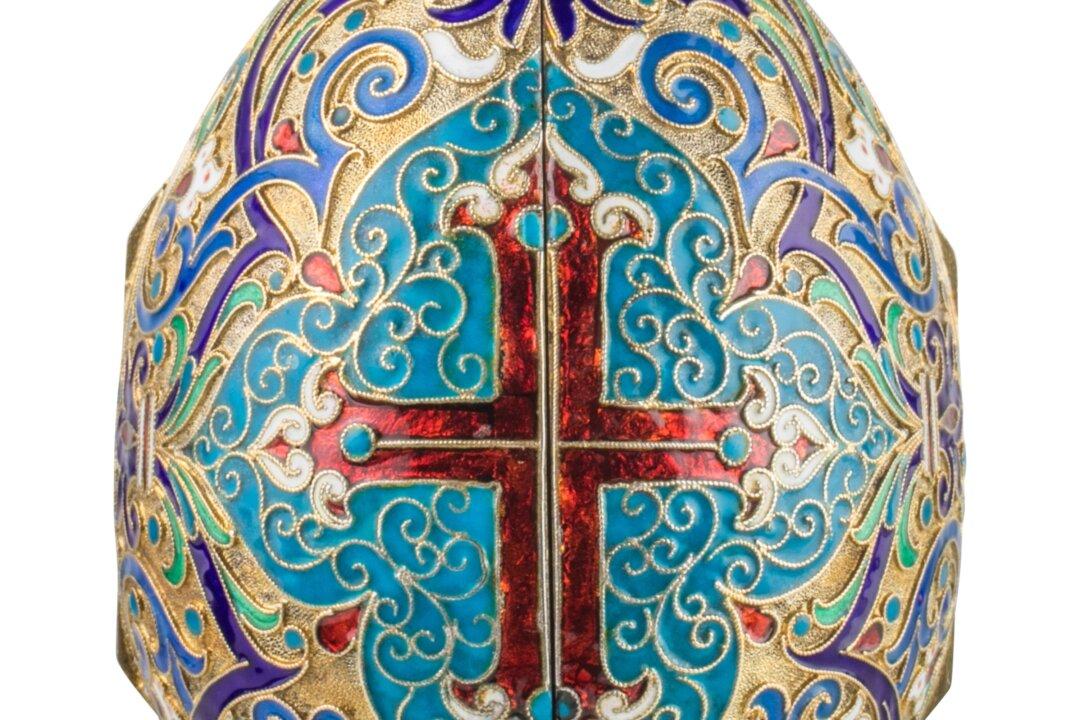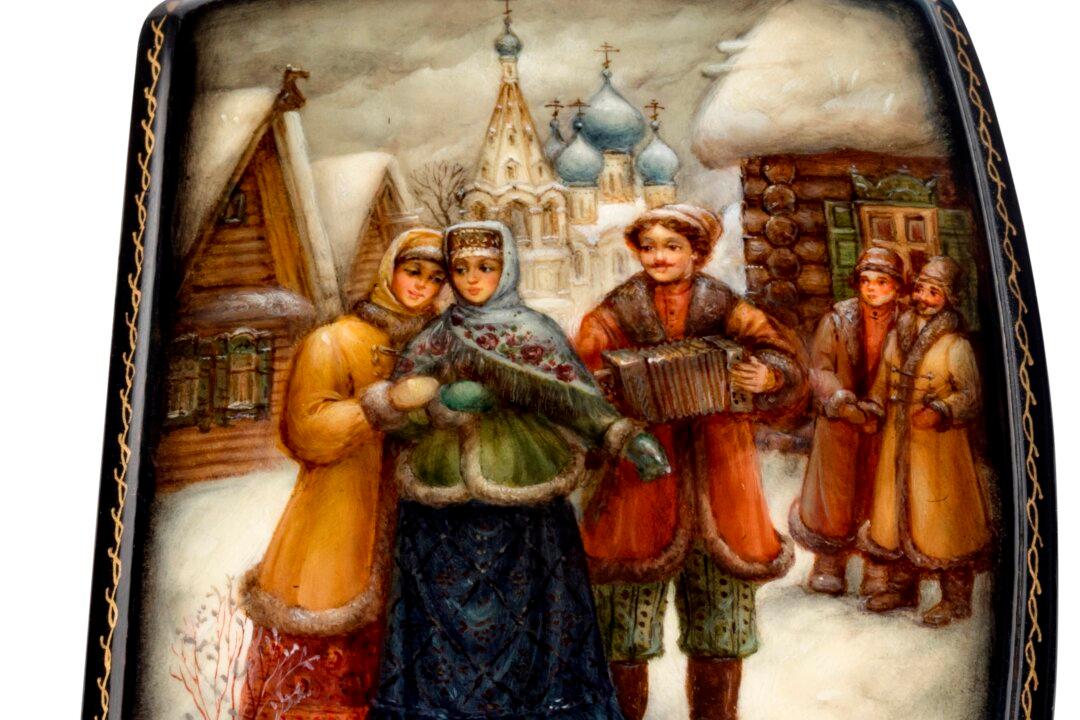Lent, the 40-day period before Easter where Christians pray, fast, and abstain from common pleasures, sounds somewhat like what society has gone through as a whole during this two-month quarantine. It’s been a spell of hardship and reflection, a distancing of ourselves from our friends and peers, and a chance to reassess whether the direction we’re heading in is our true north.
We’re on the brink of our figurative Easter—our rebirth—as we get freed from lockdown and public life resumes. The spring sun is smiling; we’ve been renewed in our hibernation; we’re ready to experience real culture, community, and beauty in the flesh again.





